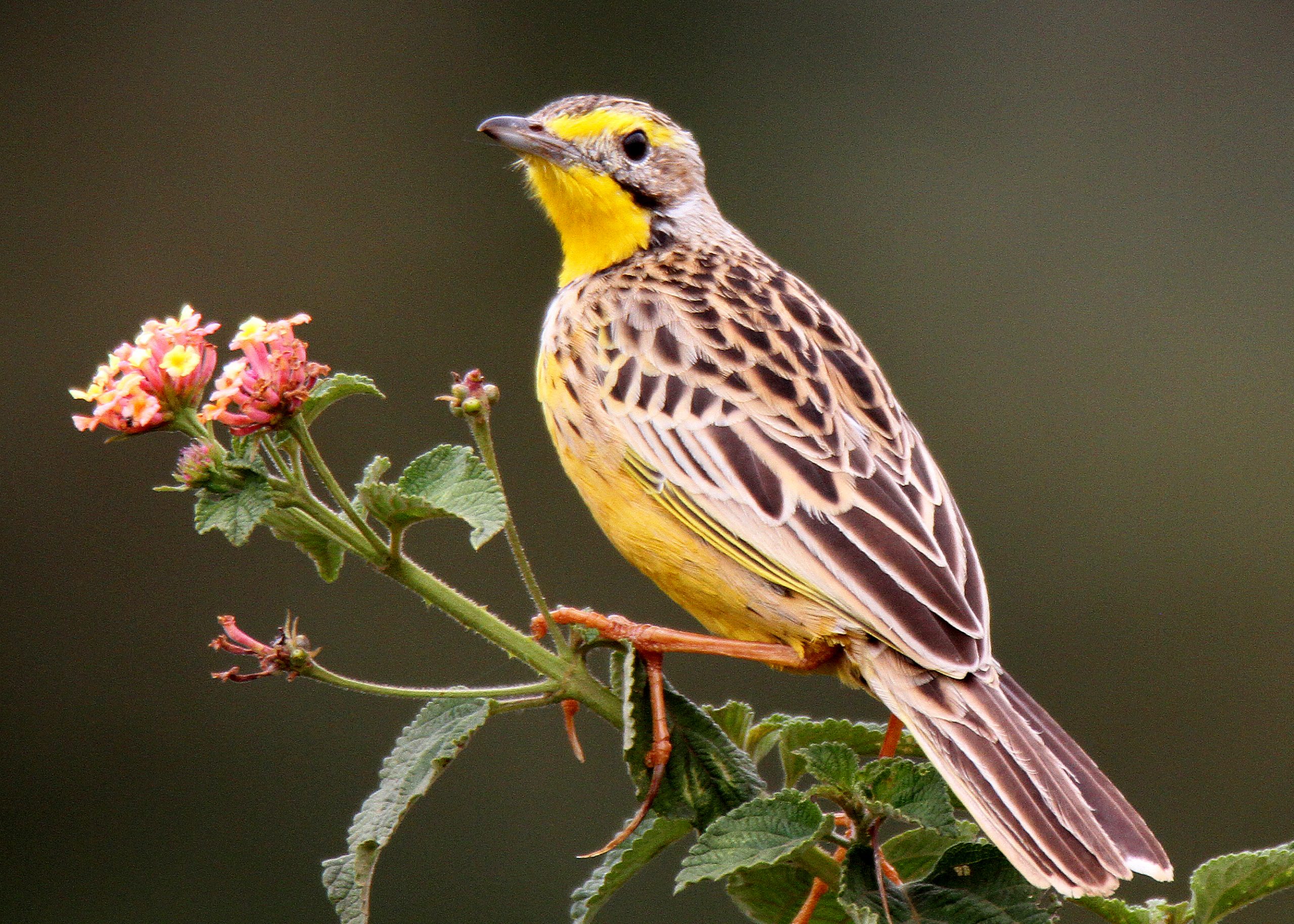Lake Ol’ Bolossat lies at an average altitude of 2,340 meters above sea level, beneath the dramatic backdrop of the Aberdare or Nyandarua mountain ranges. Covering an area of about 90 square kilometers, lake Ol’ Bolossat is a unique ecosystem whose variety of habitats makes it rich in biodiversity. The surrounding climate is semi-humid and strongly influenced by the highland topography of the Kinangop Plateau and the Ol’ Kalou/Ol’ Joro Orok plateaus, where slopes give way to rolling hills and shallow depressions.
Positioned close to the Great Rift Valley, Lake Ol’ Bolossat sits along one of Kenya’s most important migratory bird flyways, providing a vital feeding, roosting, and wintering ground for Palearctic migrants. It is also the source of the Ewaso Nyiro River, which flows north from the Aberdares to sustain ecosystems and communities across Laikipia, Samburu, Isiolo, and Garissa Counties.
The lake plays a crucial role in supporting both people and wildlife. It supplies clean water to Nyahururu town and nearby communities, provides grazing and fishing grounds, and supports large numbers of hippopotamus alongside more than 150 bird species. Birding enthusiasts often stop at nearby Thomson’s Falls, where special species such as the Slender-billed Starling and African Black Duck are sought after.
Ecologically, Lake Ol’ Bolossat’s wetlands are invaluable. Often referred to as the “kidneys of the landscape,” they regulate the hydrological cycle, filter pollutants, recharge groundwater, mitigate floods, and provide habitats for diverse flora and fauna. Beyond their ecological function, lakes such as Ol’ Bolossat enrich human life—supplying water, offering livelihoods, and creating green recreational spaces that make cities and towns more habitable.
Lake Ol’ Bolossat is one of Kenya’s most important wetlands for both resident and migratory birds. The lake provides vital breeding, feeding, and wintering grounds for ducks, geese, and other waterbirds. It is particularly renowned for hosting significant populations of two globally threatened species:

Birding here is best done on foot along the lake’s shores, where flocks of ducks and geese concentrate, and the backdrop of the Aberdare Mountains creates a stunning setting. A short walk can yield extraordinary diversity, from grassland specialties to large concentrations of waterbirds and raptors.
Ruma National Park is a hidden gem for, nature lovers, birdwatchers, photographers and wildlife enthusiasts, offering a rich diversity of species and some of Kenya’s most picturesque scenery. This delightful birding hotspot boasts a sensational mix of habitats, making it one of the country’s finest birding destinations. It is the best place to spot the rare Montane Blue Swallow and the iconic Roan Antelope, alongside a wide variety of other species. Thanks to its mild climate and natural landscapes, birdwatching in Ruma is productive throughout the year. For an even more rewarding experience, a visit to Ruma can be seamlessly combined with nearby birding treasures such as Lake Victoria, Busia Grasslands, Mount Elgon, Kongelai Escarpment, and Kakamega Forest, forming part of Kenya’s western birding circuit.

